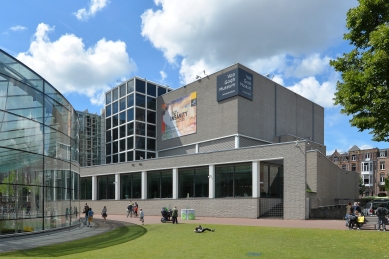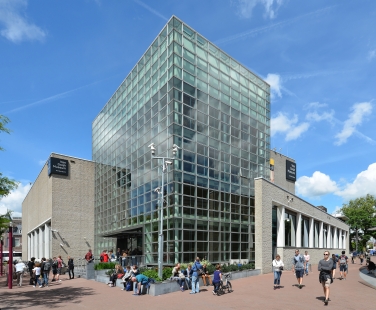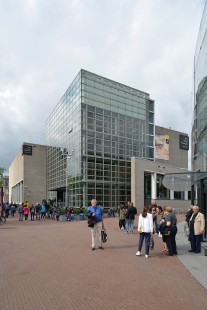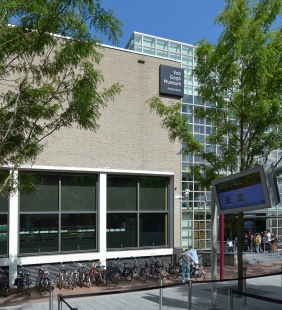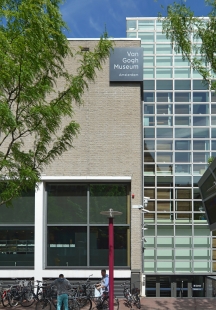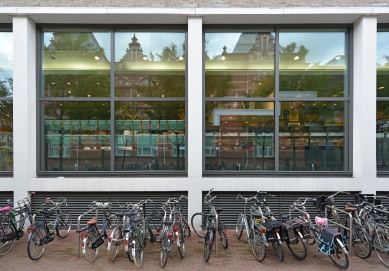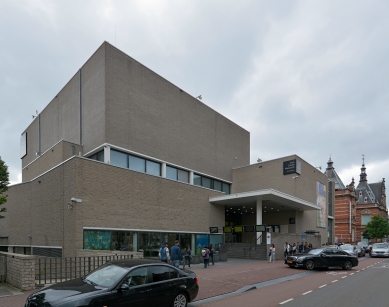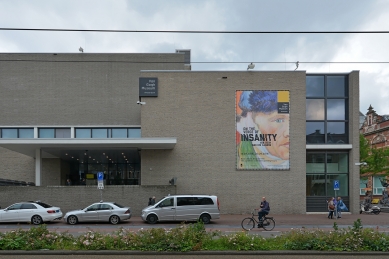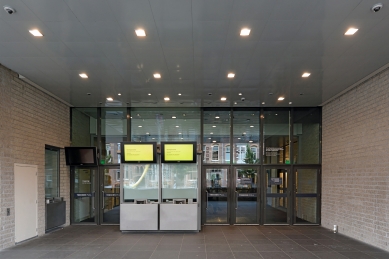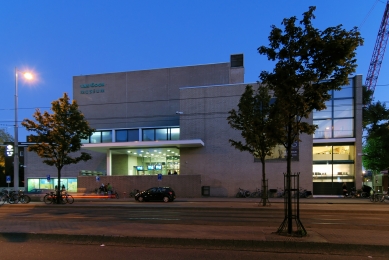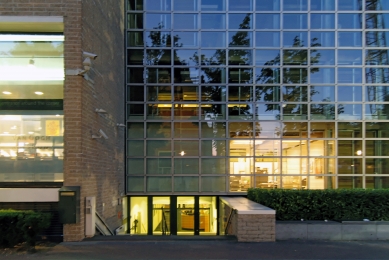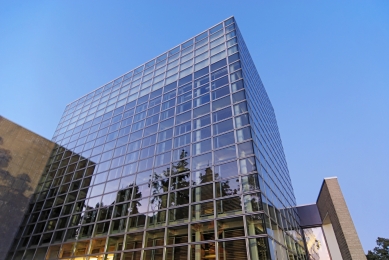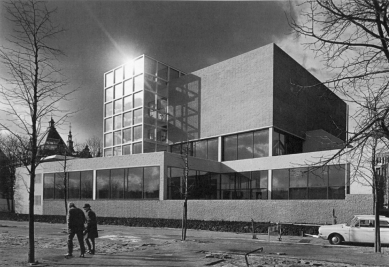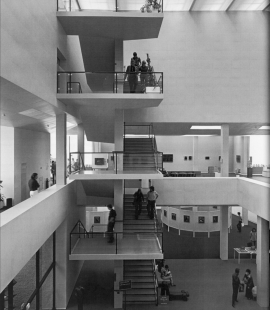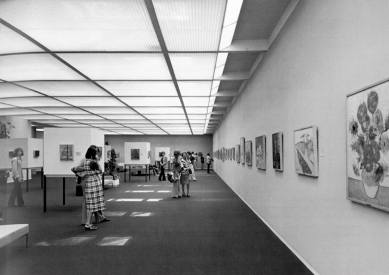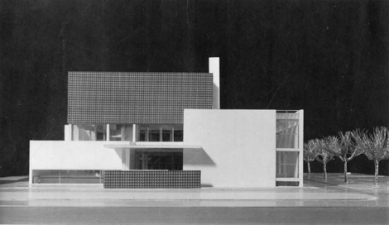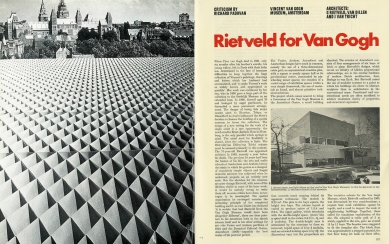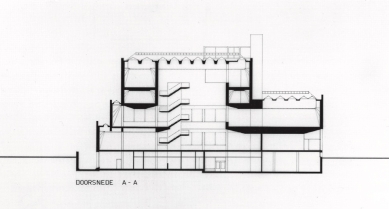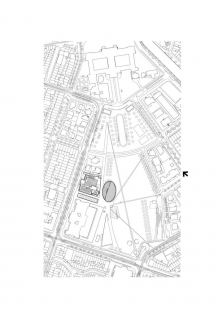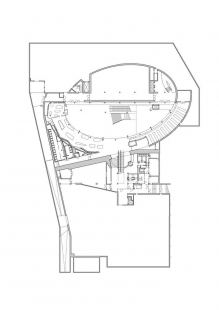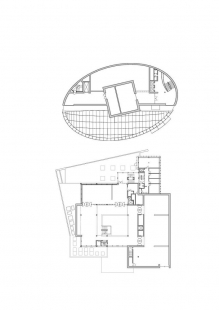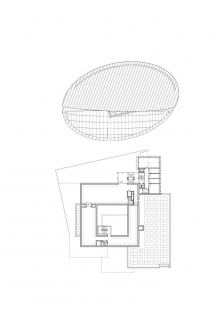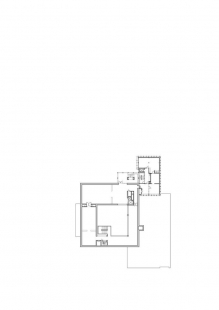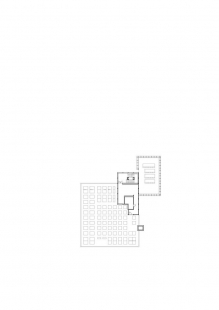
Van Gogh Museum

The Van Gogh Museum, one of the most famous Dutch museums, is located in Museumplein square near the center of Amsterdam. The institution presents the life and work of the renowned Dutch painter and has the largest collection of his works. Each year, the museum is visited by over one and a half million visitors, making it one of the most visited museums in the world. Today, the complex consists of three parts: a building with a permanent exhibition designed by Gerrit Rietveld and opened in 1973, a new exhibition wing by Japanese architect Kisho Kurokawa from 1999, and a recently opened new entrance hall designed by the same Japanese studio.
After the death of the painter Vincent van Gogh in 1890, his entire work was ultimately inherited by his nephew Vincent Willem van Gogh. In 1960, he founded the Vincent van Gogh Stischting association and subsequently sold the entire collection, which included approximately 200 paintings, drawings, and letters, to the Dutch Kingdom for 15 million guilders. In 1963, architect Gerrit Rietveld was commissioned to design and oversee the project of the new museum. Rietveld was one of the members of a group of progressive artists and architects called De Stijl, active in the 1920s.
An important requirement was to create an adequate scale of the building in relation to the surrounding historic buildings, especially the neighboring Stedelijk Museum, and to bring natural daylight suitable for exhibition purposes into the interior space. Rietveld's modernist approach was evident in the play with cubic shapes and light. The most striking element became the internal staircase suspended in the middle of a glass and light-filled atrium. With each floor, the area gradually decreases, allowing visitors to see the exhibition below them while ascending the atrium. A similar, but now more refined principle, was already used in his earlier design for the De Zonnehof museum. Unfortunately, in 1964, one year after the construction began, Rietveld died, and the project was thus taken over and led with minor adjustments by his colleague J. van Dillen. However, he died two years later, so the construction was ultimately completed by J. van Tricht. The museum was ceremonially opened only in 1973.
Later, a new exhibition wing was added and opened in 1999. The building was designed by Japanese architect Kurokawa. The architecture contrasts with Rietveld's geometric shapes through an asymmetrical elliptical form. There is a noticeable effort for a symbiosis between architecture and its surroundings, as well as a symbiosis between Japanese and European cultures. A new fully glazed entrance hall was added to the new wing in 2015, complementing the elliptical floor plan.
Today, in the original Rietveld building accessible from Paulus Potterstraat, there is a permanent exhibition predominantly featuring works by Van Gogh. The exhibition underwent changes in 2014 and now also focuses on more controversial topics such as the artist's illness and suicide. The collection is divided into chapters characterized by significant works reflecting the artistic ambitions of the time. As visitors ascend the individual floors, they become familiar with the entire life, work, and influence of the artist on future generations. The collection has been expanded mainly with Gogh's drawings and works by his friends and colleagues, Paul Gauguin and Henri de Toulouse-Lautrec.
After the death of the painter Vincent van Gogh in 1890, his entire work was ultimately inherited by his nephew Vincent Willem van Gogh. In 1960, he founded the Vincent van Gogh Stischting association and subsequently sold the entire collection, which included approximately 200 paintings, drawings, and letters, to the Dutch Kingdom for 15 million guilders. In 1963, architect Gerrit Rietveld was commissioned to design and oversee the project of the new museum. Rietveld was one of the members of a group of progressive artists and architects called De Stijl, active in the 1920s.
An important requirement was to create an adequate scale of the building in relation to the surrounding historic buildings, especially the neighboring Stedelijk Museum, and to bring natural daylight suitable for exhibition purposes into the interior space. Rietveld's modernist approach was evident in the play with cubic shapes and light. The most striking element became the internal staircase suspended in the middle of a glass and light-filled atrium. With each floor, the area gradually decreases, allowing visitors to see the exhibition below them while ascending the atrium. A similar, but now more refined principle, was already used in his earlier design for the De Zonnehof museum. Unfortunately, in 1964, one year after the construction began, Rietveld died, and the project was thus taken over and led with minor adjustments by his colleague J. van Dillen. However, he died two years later, so the construction was ultimately completed by J. van Tricht. The museum was ceremonially opened only in 1973.
Later, a new exhibition wing was added and opened in 1999. The building was designed by Japanese architect Kurokawa. The architecture contrasts with Rietveld's geometric shapes through an asymmetrical elliptical form. There is a noticeable effort for a symbiosis between architecture and its surroundings, as well as a symbiosis between Japanese and European cultures. A new fully glazed entrance hall was added to the new wing in 2015, complementing the elliptical floor plan.
Today, in the original Rietveld building accessible from Paulus Potterstraat, there is a permanent exhibition predominantly featuring works by Van Gogh. The exhibition underwent changes in 2014 and now also focuses on more controversial topics such as the artist's illness and suicide. The collection is divided into chapters characterized by significant works reflecting the artistic ambitions of the time. As visitors ascend the individual floors, they become familiar with the entire life, work, and influence of the artist on future generations. The collection has been expanded mainly with Gogh's drawings and works by his friends and colleagues, Paul Gauguin and Henri de Toulouse-Lautrec.
Filip Malý
The English translation is powered by AI tool. Switch to Czech to view the original text source.
0 comments
add comment


